What to Do If Your Car Battery Died After Left Headlights On!
If your car battery dies after leaving the headlights on, first ensure your vehicle is in a safe location. Turn off all electrical components, then attempt to jumpstart the battery using jumper cables and a functioning vehicle.
If you don’t have jumper cables, consider using a small jump starter or contacting roadside assistance. After successfully jumpstarting, keep the engine running for 15-30 minutes to recharge the battery.
Understanding the Situation:
What Causes a Car Battery to Die When Headlights Are Left On?
Leaving your headlights on for an extended period can harm your vehicle’s battery and may cause it to discharge completely. Car batteries operate on a delicate balance of chemical reactions, generating the electrical energy needed to power various components, including headlights and car lights.
When headlights are left on, they draw a significant amount of current, depleting the battery’s charge. This is particularly true for older batteries, which may already be operating at a diminished capacity due to age or wear.
Additionally, environmental factors, such as extreme temperatures, can exacerbate the problem, leading to quicker depletion.
Also Read: Does Leaving Car Lights on Auto Drain Battery
How Long Does It Take for Headlights to Drain a Battery?
The time it takes for headlights to drain a battery varies depending on several factors, including the battery’s age, capacity, and the intensity of the headlights.
On average, a fully charged standard car battery can typically power halogen headlights for about 30 minutes to 2 hours before it becomes too weak to start the engine.
However, this timeframe can diminish drastically if the battery is already weak or if additional electrical loads are placed on it, such as running the radio or using interior lights.
What Are the Signs That Your Battery Is Dead?
Identifying a dead battery is crucial for a swift resolution. Common signs include dimming headlights, slow engine cranking, and dashboard warning lights illuminating inconsistently.
Additionally, you might notice a clicking sound when turning the key in the ignition, signaling insufficient power. In some instances, electrical components may function occasionally, hinting at a significant drop in battery voltage.
Immediate Steps to Take:
What Should You Do First If Your Car Battery Dies?
Upon realizing your battery has died, the initial step is to stay calm. Assess your surroundings and ensure your vehicle is in a safe location, free from traffic.
If possible, turn off all electrical components, including the radio and air conditioning, to conserve any remaining power. This precaution may help in attempting to restart the engine later.
How Can You Safely Access Your Battery?
To access your battery, open the hood of your vehicle. It is advisable to familiarize yourself with the layout of your engine bay beforehand, as this will help quicker access.
Ensure that your hands are clean and dry, and remove any dirt that might obstruct access to the battery terminals. If your car has a plastic cover over the battery, carefully detach it to expose the terminals.
What Tools Will You Need to Jumpstart Your Car?
To effectively jumpstart your car, you will need a set of jumper cables and a functioning vehicle with a charged battery. Additionally, gloves and safety goggles are recommended to protect yourself from any potential acid splashes or electrical sparks.
If you’re in a pinch, having a small jump starter can also be beneficial, as it allows for an independent jumpstart without the need for another vehicle.
Jumpstarting Your Car:
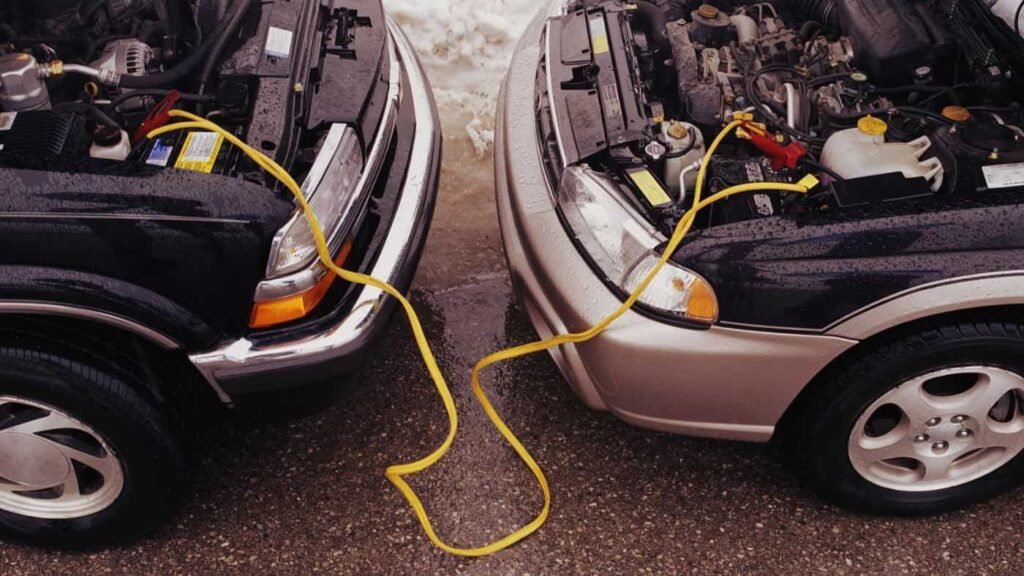
How Do You Jumpstart a Car with a Dead Battery?
To jumpstart your vehicle, begin by positioning the working vehicle close enough for the jumper cables to reach both batteries. Attach one red clamp to the positive terminal of the dead battery and the other red clamp to the positive terminal of the good battery.
Next, connect one black clamp to the negative terminal of the good battery, and finally, attach the remaining black clamp to an unpainted metal surface on the car with the dead battery.
This serves as a ground connection, reducing the risk of sparks near the battery. Start the working vehicle and allow it to run for several minutes before attempting to start the dead vehicle.
Also Read: Can I Jump an RV Battery with My Car
What Are the Safety Precautions When Jumpstarting a Battery?
Safety is paramount when jumpstarting a car. Always wear protective eyewear and gloves to shield against potential acid splashes or electrical hazards.
Ensure that the vehicles are turned off before connecting the cables to prevent any sparks. Double-check that the jumper cables are connected to the correct terminals to avoid damaging either battery.
If you notice any swelling or leakage from the battery, do not attempt to jumpstart it, as this may pose a safety risk.
What If You Don’t Have Jumper Cables or Another Vehicle?
In the absence of jumper cables or another vehicle, consider alternative methods such as using a small jump starter or seeking roadside assistance.
Many modern jump starters are compact and user-friendly, allowing you to revive your battery without needing an additional vehicle. Alternatively, you can contact a local tow service or automotive locksmith for assistance.
After Jumpstarting: What Next?
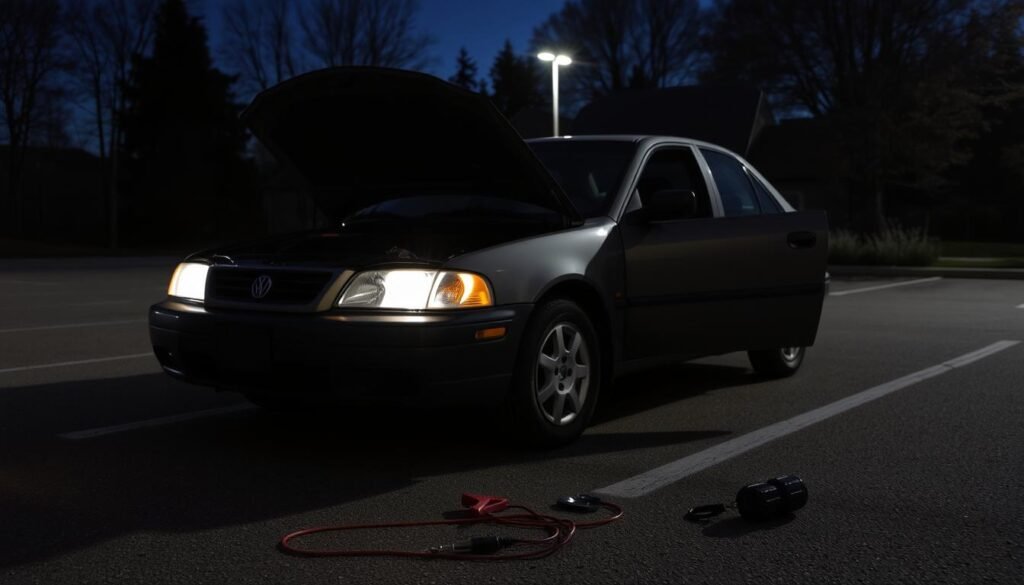
What Should You Do After Successfully Jumpstarting Your Car?
Once your vehicle has been successfully jumpstarted, keep the engine running for at least 15 to 30 minutes to allow the alternator to recharge the battery.
This is crucial to restore some of the lost charge. Additionally, avoid turning off the engine immediately after starting, as this can lead to a repeat of the same issue.
How Can You Prevent This Situation in the Future?
To mitigate the risk of a dead battery in the future, develop the habit of checking your headlights and other electrical components before leaving your vehicle.
Installing a battery management system can provide alerts if the battery voltage drops below a critical level. Regular maintenance checks, including battery inspections and cleanings, can also extend the life of your battery.
Also Read: Can Using Too Many Accessories at Once Drain Your Battery
When Should You Consider Replacing Your Battery?
If your battery frequently dies or shows signs of age, such as rust around the terminals or a bloated casing, it may be time for a replacement. Generally, a car battery lasts between three to five years, depending on usage and maintenance.
Monitoring your battery’s health with a multimeter can provide insights into its condition and help determine the optimal time for replacement.
Also Read: Why does My Car Battery Light Stay on even after Replacement
Seeking Professional Help:
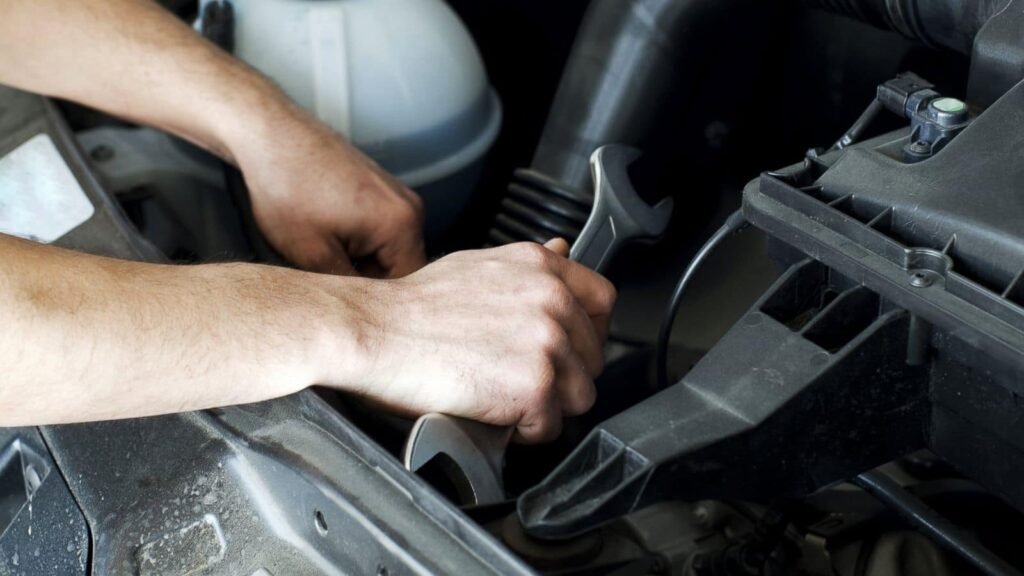
When Is It Time to Call a Mechanic?
If jumpstarting your vehicle doesn’t resolve the issue, or if you encounter recurring problems, it is advisable to consult a mechanic.
Persistent electrical issues may indicate underlying problems with the alternator, starter motor, or other critical components of the electrical system. A professional diagnosis can save you time and prevent further damage to the battery.
Also Read: How to Troubleshoot a Car That Won’t Start Despite a New Battery
What Should You Tell the Mechanic About the Situation?
When speaking with a mechanic, provide a detailed account of the events leading to the battery failure. Include information about how long the headlights were left on, any symptoms you noticed before the battery died, and any attempts you made to jumpstart the vehicle. This information can assist the mechanic in diagnosing the issue more efficiently.
How Much Will It Cost to Fix a Dead Battery?
The cost to replace a dead battery can vary widely depending on the vehicle type and battery specifications.
On average, you can expect to pay between $100 and $200 for a new battery, including installation. However, additional costs may arise if the electrical system has underlying issues that require repair.
FAQ’s
1. What causes a car battery to die when headlights are left on?
Leaving headlights on drains the battery’s charge, especially in older batteries or extreme temperatures. The headlights draw significant current, depleting the battery’s power quickly, which can lead to a complete discharge.
2. How long can headlights run on a car battery?
On average, halogen headlights can drain a fully charged battery in about 30 minutes to 2 hours. This duration varies based on battery age, capacity, and any additional electrical loads.
3. What are the signs of a dead battery?
Common signs include dim headlights, slow engine cranking, dashboard warning lights, and a clicking sound when turning the key. If electrical components are functioning sporadically, this indicates low battery voltage.
4. What should I do first if my battery dies?
Stay calm and ensure your vehicle is in a safe location. Turn off all electrical components to conserve any remaining power, and then proceed to jumpstart the battery or seek assistance.
5. When should I replace my car battery?
Consider replacing your battery if it frequently dies, shows signs of rust, or is older than three to five years. Regular checks can help monitor its health and performance.
Conclusion:
Understanding what to do when your car battery dies after leaving the headlights on can save you time and stress. Regular maintenance, including checking battery health and avoiding draining it, will help prevent future issues. If problems persist, consulting a mechanic is advisable to ensure your vehicle’s electrical system is in optimal condition.
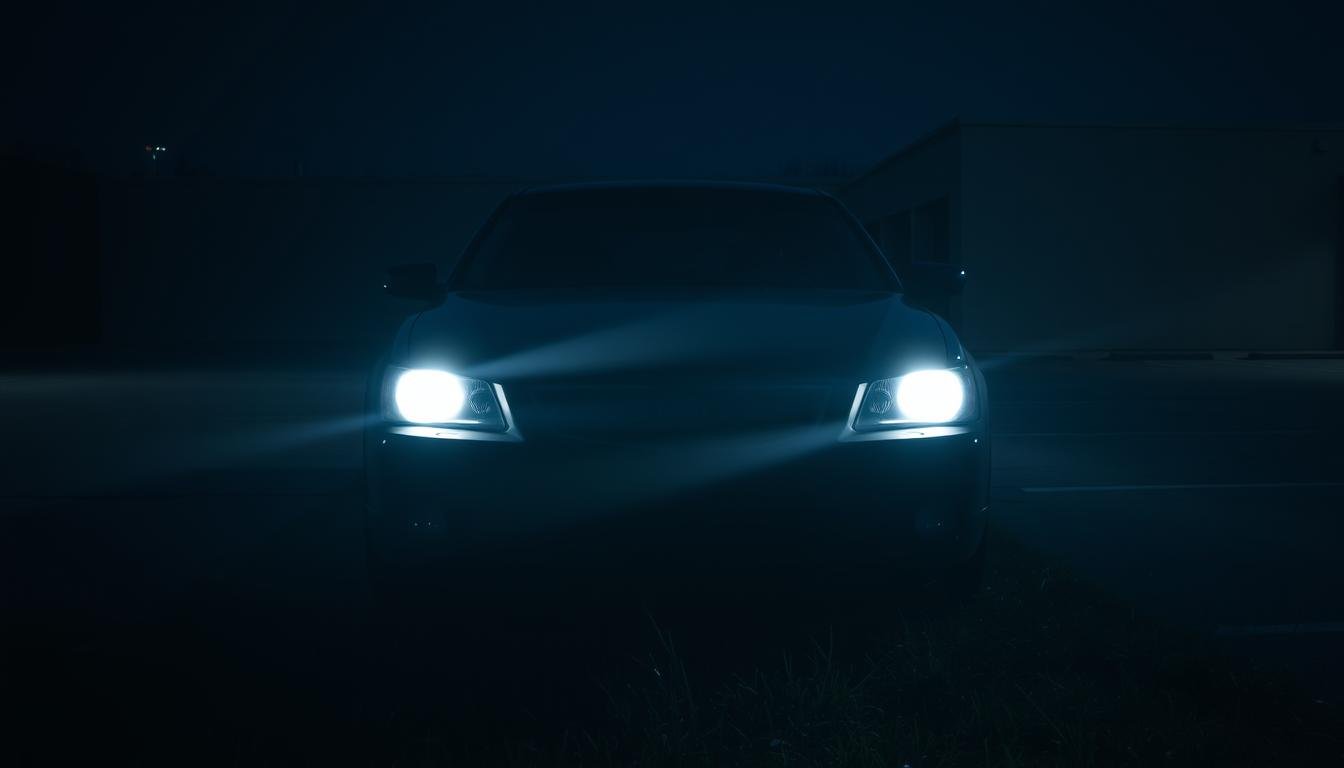

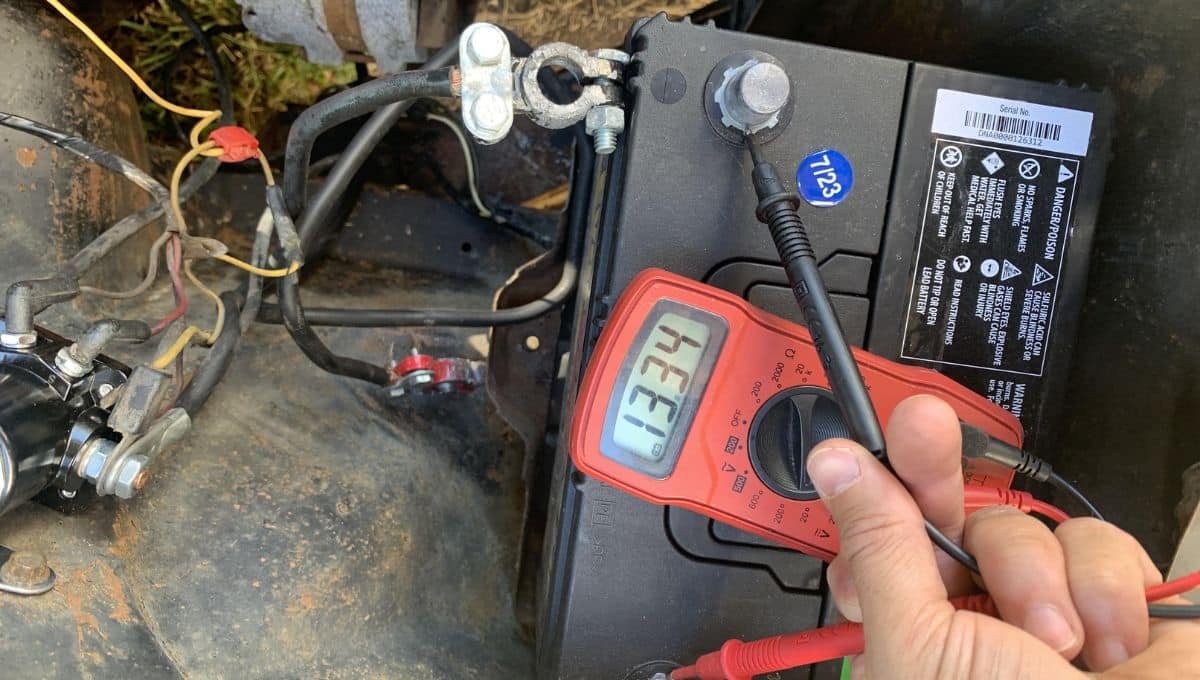
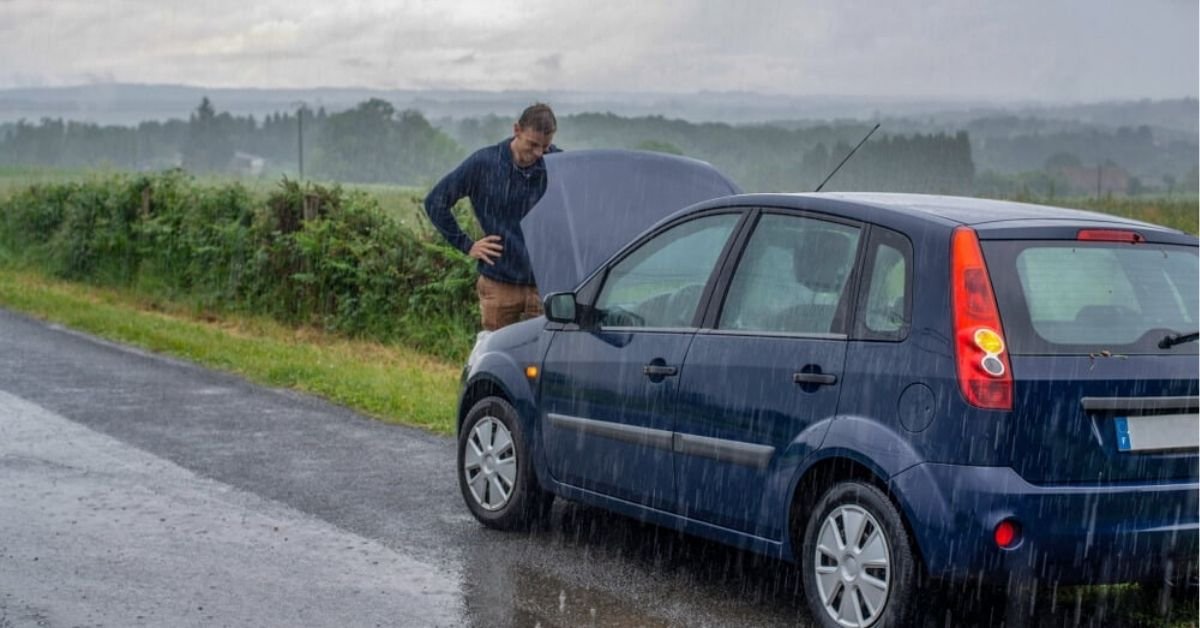

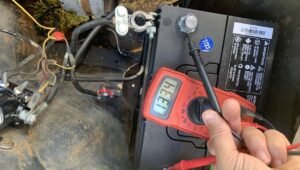

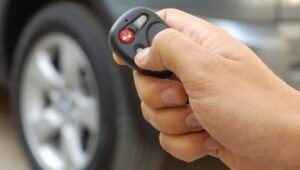


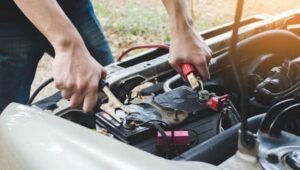

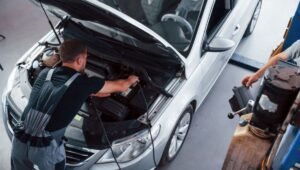
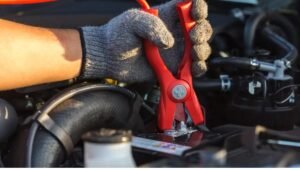
Post Comment